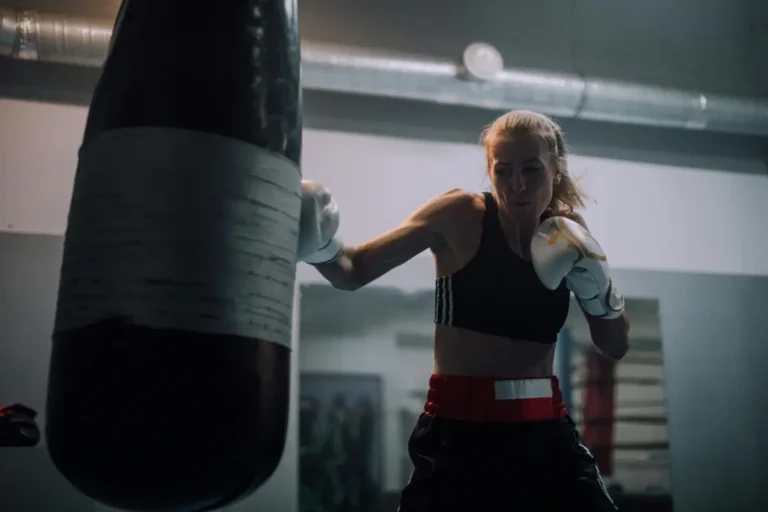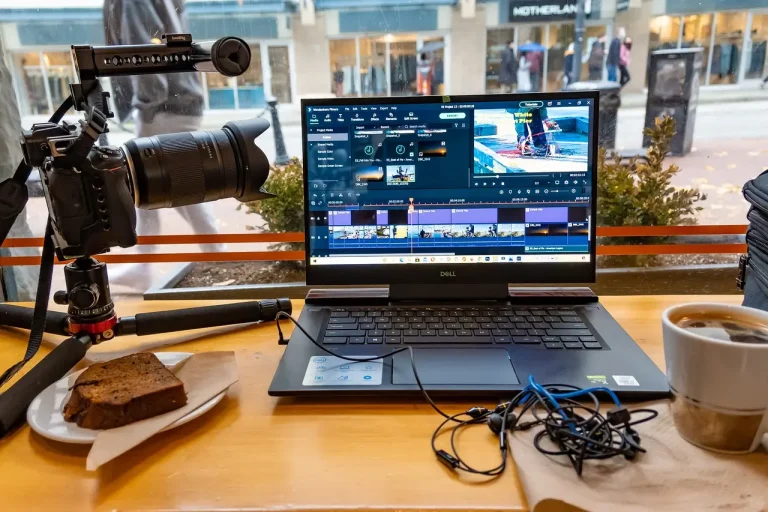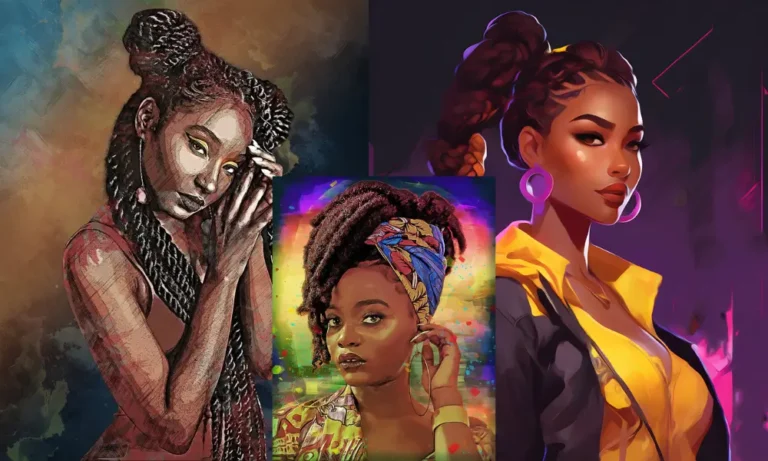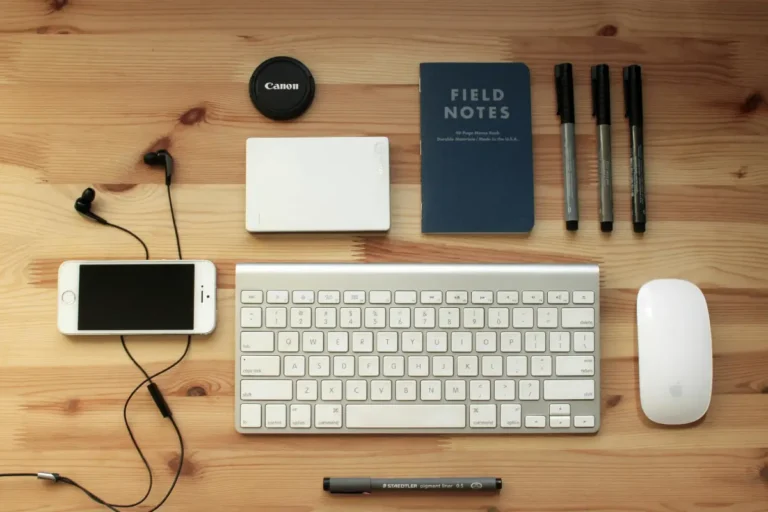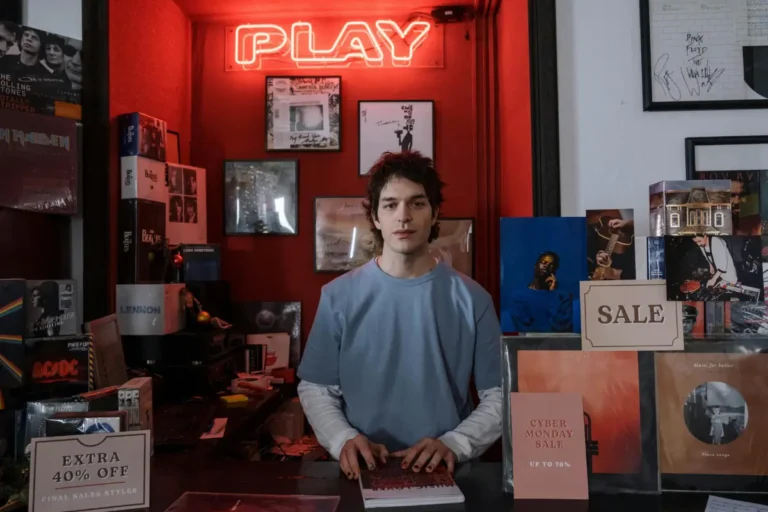As we delve deeper into the world of fashion design, it becomes increasingly clear that the role of a professional designer extends far beyond mere aesthetics.
The right designer can transform your brand’s vision into a tangible reality, ensuring that every piece resonates with your target audience.
This section will explore additional facets of hiring a fashion designer, from the creative process to the strategic advantages that come with expert design services.
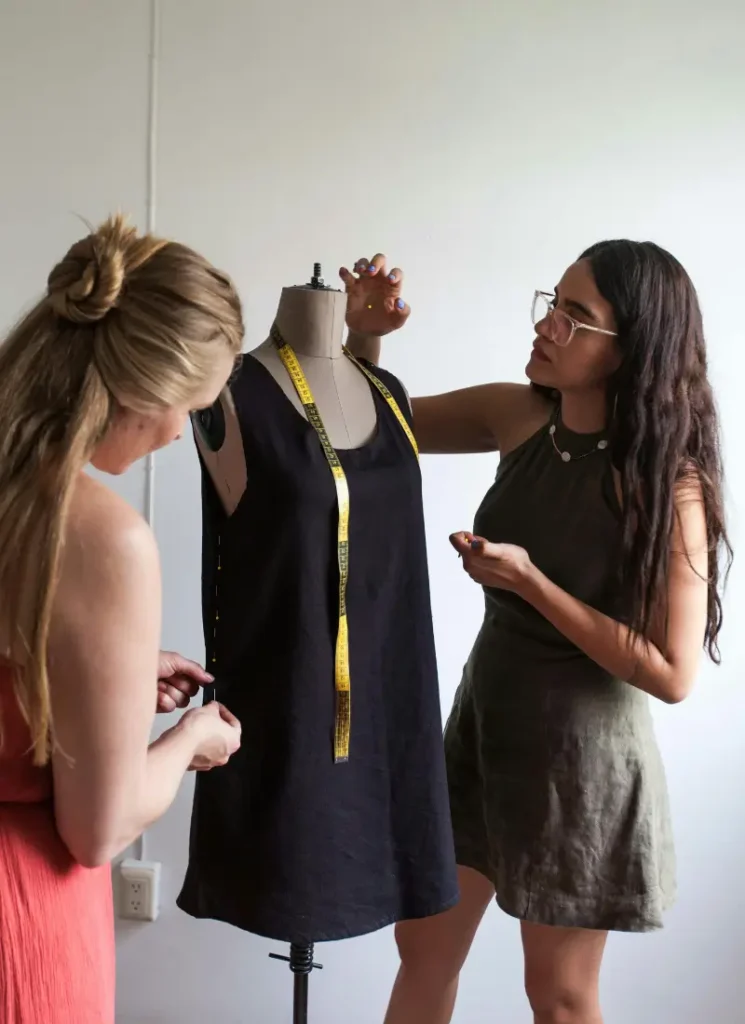
The Creative Process: From Concept to Creation
1. Ideation and Inspiration
Every successful fashion line begins with a spark of inspiration. A professional designer excels in translating vague ideas into concrete concepts. They often employ mood boards and sketches to capture the essence of your vision. For example, if you have a concept centered around sustainability, a designer can curate materials and designs that reflect eco-friendliness while maintaining style.
2. Prototyping and Sampling
Once the initial designs are approved, the next step is prototyping. This phase is crucial for testing the viability of your designs. A skilled designer will oversee the creation of samples, ensuring that the final product aligns with your expectations in terms of fit, fabric, and finish. This attention to detail can prevent costly production errors down the line.
3. Feedback and Iteration
The design process is inherently collaborative. Designers value client feedback and often incorporate it into their work. This iterative approach not only refines the designs but also fosters a sense of ownership for clients, making them feel integral to the creative process.
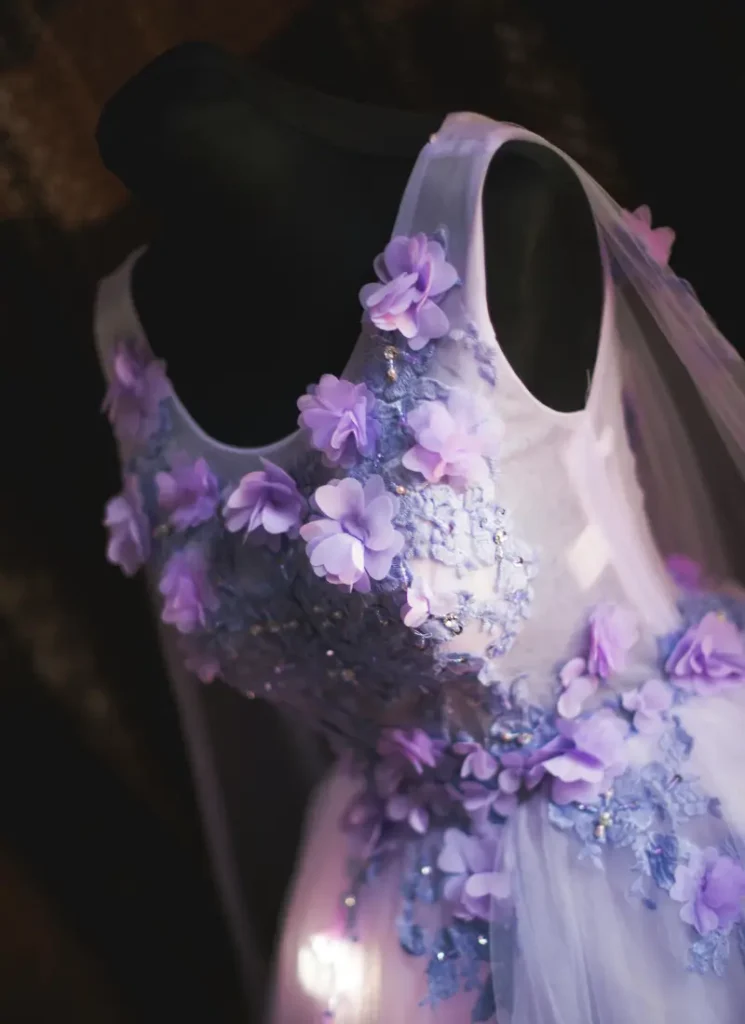
Strategic Advantages of Professional Fashion Design
1. Brand Positioning
A well-designed collection can significantly enhance your brand’s positioning in the market. Professional designers understand how to create pieces that align with current trends while also setting new ones. For instance, if you’re targeting millennials, a designer can help craft styles that resonate with their values, such as inclusivity and sustainability.
2. Market Research Insights
Professional designers often conduct thorough market research before finalizing designs. They analyze competitors, identify gaps in the market, and understand consumer preferences. This insight is invaluable for creating products that not only look good but also meet market demand.
3. Cost Efficiency
While hiring a designer may seem like an added expense, it can actually lead to significant cost savings in the long run. By minimizing production errors and ensuring high-quality outputs from the start, businesses can avoid costly revisions and reprints. For example, brands that invest in comprehensive tech packs—detailed documents that outline specifications for manufacturing—often see reduced production costs by up to 20%.
Building a Cohesive Collection
Creating a cohesive collection is essential for any fashion brand looking to make an impact. A professional designer will ensure that all pieces within a collection complement each other in terms of color palette, fabric choices, and overall style.
- Color Theory: Understanding color theory is vital for creating collections that resonate with consumers emotionally. For instance, warm colors like red and orange evoke feelings of excitement and energy, while cool colors like blue and green can convey calmness and tranquility.
- Fabric Selection: The choice of fabric can drastically alter the perception of a garment. A designer will guide you in selecting materials that not only enhance aesthetics but also align with your brand’s ethos—be it luxury silk or sustainable organic cotton.
The Role of Technology in Fashion Design
In recent years, technology has revolutionized the fashion industry, making it more efficient and innovative. Professional designers leverage advanced tools and software to streamline their processes:
- 3D Modeling Software: Designers use 3D modeling software to create virtual prototypes, allowing them to visualize how garments will look without producing physical samples.
- Digital Fabric Printing: This technology enables designers to create intricate patterns directly onto fabric, reducing waste and allowing for greater customization.
- E-commerce Integration: As online shopping continues to dominate retail, designers must consider how their creations will be showcased digitally. Professional designers understand how to create visually appealing product images that enhance online sales.
The Importance of Sustainability
As consumers become more environmentally conscious, sustainability is no longer just a trend; it’s an expectation. Hiring a professional designer who prioritizes sustainable practices can set your brand apart in a crowded marketplace.
- Eco-Friendly Materials: Designers are knowledgeable about sustainable fabrics such as Tencel or recycled polyester and can guide you in sourcing these materials.
- Ethical Production Practices: A reputable designer will advocate for ethical production practices, ensuring that workers are treated fairly throughout the supply chain.
Testimonials from Satisfied Clients
The impact of hiring a professional designer can be illustrated through testimonials from clients who have experienced transformative results:
- Client A: “Working with Shira M was a game-changer for my brand! She understood my vision perfectly and helped me launch my first collection within months.”
- Client B: “I was struggling with design consistency until I hired a professional designer from Fiverr. Now my collections flow seamlessly from one season to another.”
These testimonials highlight not only satisfaction but also tangible results achieved through professional collaboration.
How to Choose the Right Designer
Selecting the right fashion designer is crucial for your success. Here are some tips:
- Review Portfolios: Look for designers whose previous work aligns with your aesthetic.
- Check Reviews: Client feedback can provide insight into a designer’s reliability and communication skills.
- Discuss Your Vision: Ensure that potential designers understand your brand’s mission and values before committing.
Also See: 8 Daily Routines of Highly Productive People You Can Copy
Conclusion: Seize Your Opportunity
In summary, hiring a professional fashion designer is an investment that pays dividends across various aspects of your business—from enhanced creativity to strategic market positioning. As consumer expectations evolve, so too must your approach to fashion design.
Don’t let hesitation hold you back from achieving your fashion goals. Explore Fiverr today and connect with talented designers who can bring your vision to life. Embrace this opportunity before it slips away—your brand deserves it!

